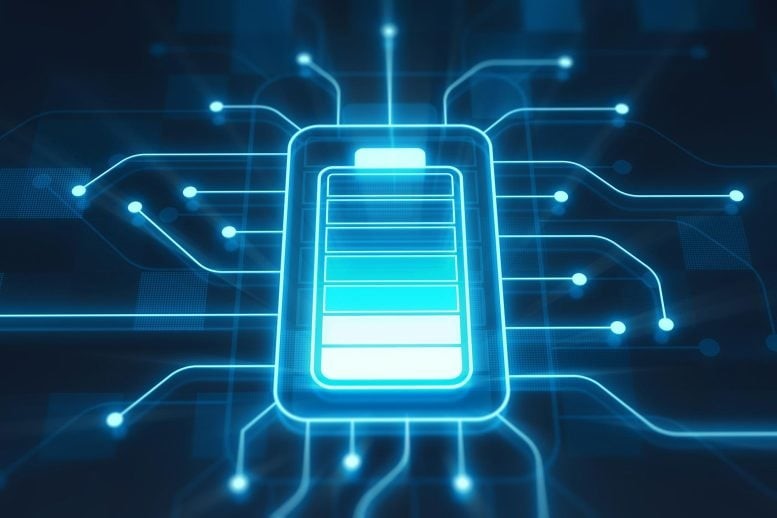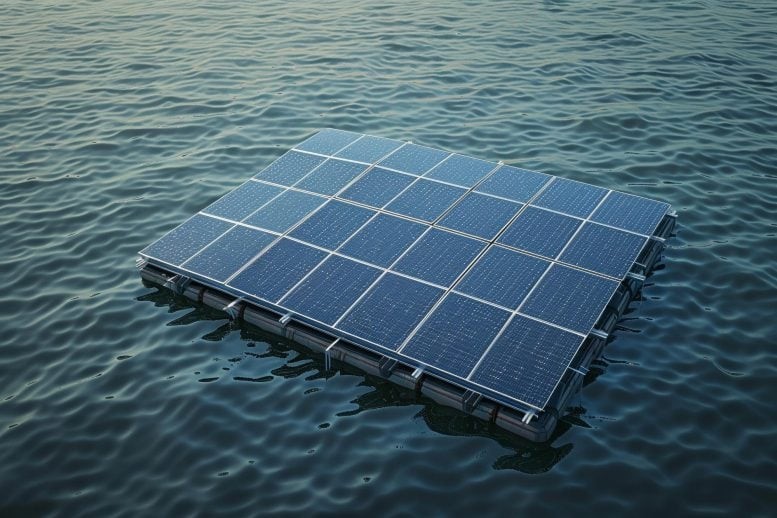DOE Scientists Discover Huge Potential: Floating Solar Panels Could Supply Energy To 100 million Homes
Scientists from the Department of Energy have unveiled an exciting possibility: U.S. reservoirs could host enough floating solar panels to produce up to 1,476 terawatt-hours of electricity annually—enough to power approximately 100 million homes.

Figure 1. Floating Solar Panels: A Game-Changer for Powering 100 million Homes.
“That’s a technical potential,” explained Rosenlieb, highlighting that this represents the maximum energy output if reservoirs were fully utilized. Even harnessing just 10% of this potential could significantly impact the country’s energy landscape. Figure 1 shows Floating Solar Panels: A Game-Changer for Powering 100 million Homes.
Benefits and Challenges of Floating Solar
Floating solar panels, or floating PV, offer several advantages: they generate power without using land, reduce water evaporation, and help preserve critical water supplies. Despite these benefits, large-scale installations remain rare in the United States, with no projects exceeding 10 megawatts.
Levine and Rosenlieb’s study addresses the suitability of reservoirs for floating solar development, factoring in conditions like water depth, temperature, and shipping traffic that could impact the infrastructure. Hydropower reservoirs, in particular, present a promising opportunity for hybrid systems combining solar and hydropower to enhance grid reliability.
Future Considerations
The researchers aim to address the environmental and logistical challenges of floating solar energy. They plan to examine the impact of human and wildlife activities, development costs, and site-specific regulatory requirements. Additionally, future studies may explore the potential of smaller reservoirs, estuaries, and even ocean-based solar installations.
This research provides accurate data to guide developers and aligns with broader energy goals, opening the door for more sustainable and resilient power solutions.
The Enormous Potential of Floating Solar Energy
Floating solar panels, also known as floating photovoltaic (PV) systems, represent an innovative and highly promising renewable energy solution. In this part, we dive into the groundbreaking findings by DOE scientists, revealing that U.S. reservoirs could generate up to 1,476 terawatt-hours of electricity annually—enough to power 100 million homes.
Key Insights:
- Definition and advantages of floating PV.
- Technical potential vs. practical development.
- Global examples and the U.S. lag in large-scale projects.
Benefits Beyond Electricity
Floating solar panels aren’t just about clean energy; they offer unique environmental and economic advantages. This part explores how they help conserve water, reduce land competition, and optimize energy systems.
Key Insights:
- Cooling and shading water to prevent evaporation.
- Opportunities for hybrid systems combining solar with hydropower.
- Potential to increase grid resilience during droughts or low water levels.
Addressing the Challenges of Floating Solar
While floating solar holds vast potential, several challenges remain. This part examines obstacles like environmental concerns, infrastructure durability, and financial barriers.
Key Insights:
- Impacts of shipping traffic, water depth, and cold temperatures.
- Ensuring minimal disruption to wildlife and ecosystems.
- Costs, regulations, and the need for policy support.
Source: SciTECHDaily
Cite this article:
Priyadharshini S (2025),"DOE Scientists Discover Huge Potential: Floating Solar Panels Could Supply Energy To 100 million Home", AnaTechMaz ,pp.117















